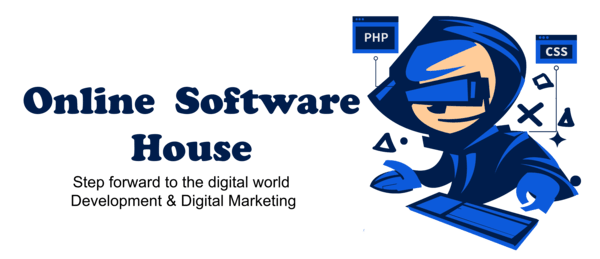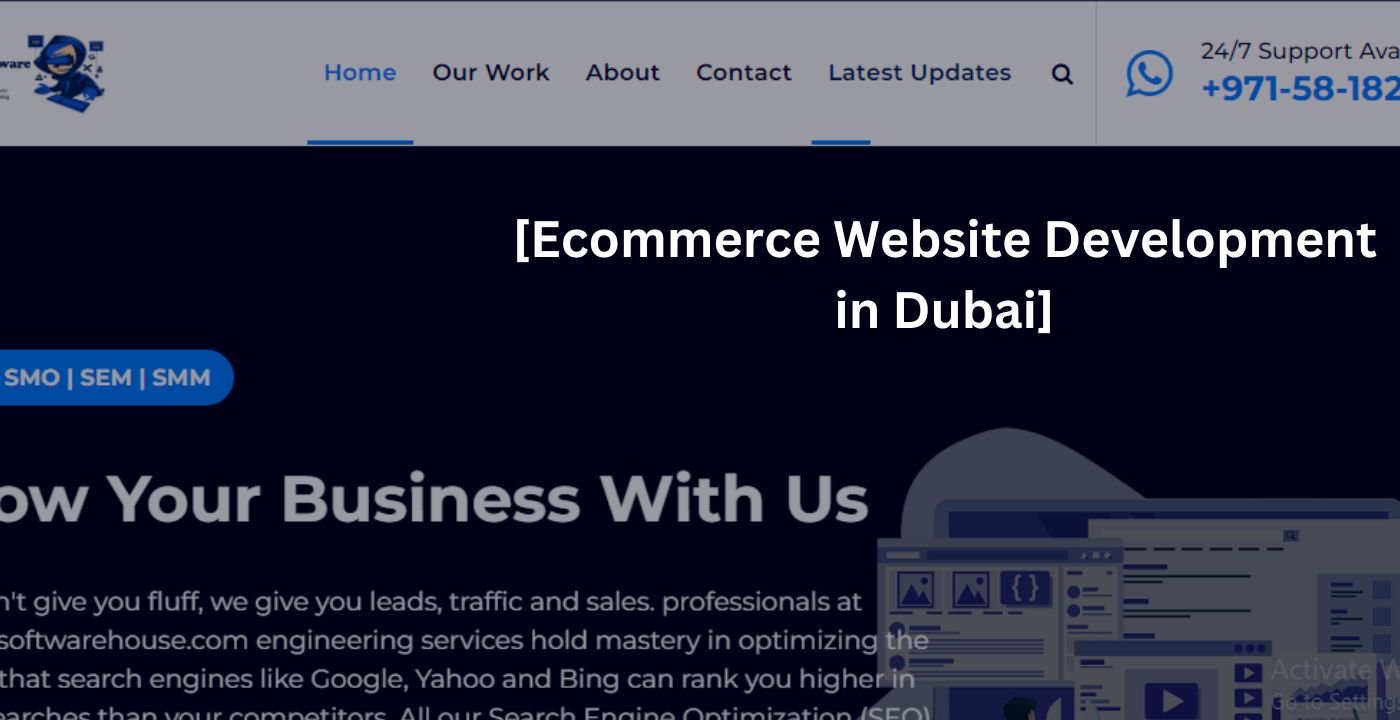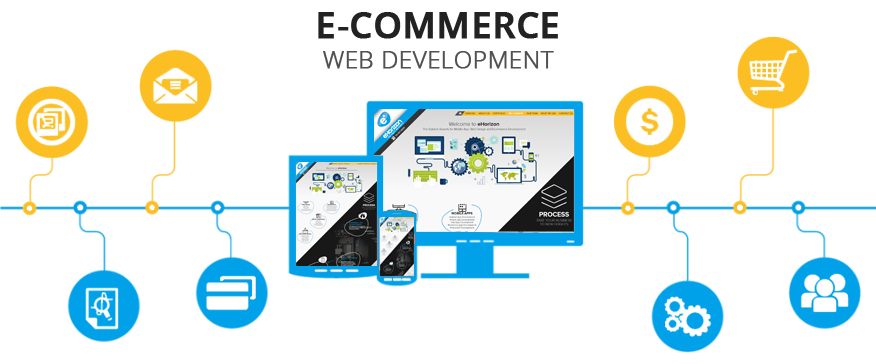How to Become a Web Developer?

Are you interested in the exciting world of web development? If you have a passion for technology, problem-solving, and creativity, a career as a web developer might be the perfect fit for you. In this article, we will guide you through the steps to become a web developer and embark on a rewarding professional journey.
Understanding the Role of a Web Developer
Web developers are responsible for designing, building, and maintaining websites and web applications. They work closely with designers, clients, and other stakeholders to bring ideas to life on the internet. Web developers utilize various programming languages, frameworks, and tools to create visually appealing and functional websites.
Acquiring the Necessary Skills
To become a web developer, you need to acquire a set of essential skills. Let’s explore the key skills you should focus on:
Learning HTML, CSS, and JavaScript

HTML (Hypertext Markup Language), CSS (Cascading Style Sheets), and JavaScript are the fundamental building blocks of web development. HTML provides the structure, CSS enhances the visual presentation, and JavaScript adds interactivity to websites. Start by mastering these core technologies to lay a strong foundation for your web development journey.
Familiarizing Yourself with Web Development Frameworks
Web development frameworks, such as React, Angular, and Vue.js, offer efficient ways to build dynamic and responsive web applications. These frameworks provide pre-built components, simplified syntax, and powerful features that streamline the development process. Gain proficiency in at least one popular web development framework to enhance your productivity and employability.
Mastering Back-End Development Technologies
Back-end development involves working with server-side technologies that power websites and handle data processing. Some popular back-end languages include Python, Ruby, PHP, and Node.js. Learning a back-end language and associated frameworks will enable you to create robust server-side logic and handle database operations.
Gaining Experience with Databases
Understanding databases is crucial for web development, as many applications rely on storing and retrieving data. Familiarize yourself with database management systems like MySQL, PostgreSQL, or MongoDB. Learn how to design and interact with databases effectively to create dynamic websites that handle user input and data manipulation.
Exploring Specializations in Web Development

Web development offers several specializations based on the specific aspects of website creation. Let’s explore some common specializations:
Front-End Development
Front-end developers focus on the client-side of web development. They work on user interfaces, ensuring responsive designs, optimizing performance, and enhancing the user experience. Proficiency in HTML, CSS, JavaScript, and front-end frameworks is essential for this specialization.
Back-End Development
Back-end developers handle server-side logic, database operations, and integration with external services. They are responsible for the functionality and performance of web applications. Mastering a back-end language and frameworks is crucial for this specialization.
Full-Stack Development
Full-stack developers possess skills in both front-end and back-end development. They have a comprehensive understanding of how all components of a website work together. Being a full-stack developer opens up more opportunities and allows you to handle end-to-end web development projects.
Mobile Web Development
With the increasing use of smartphones and tablets, mobile web development has become crucial. Mobile web developers focus on creating web applications optimized for mobile devices, ensuring a seamless user experience across various screen sizes and resolutions.
Building a Portfolio and Showcasing Your Work
Creating a portfolio of your web development projects is essential to demonstrate your skills and attract potential employers or clients. Build a collection of websites or web applications that showcase your abilities in different areas of web development. Make sure to highlight your best work and provide a brief description of each project.
Networking and Professional Development
Networking plays a vital role in advancing your web development career. Attend industry events, join online communities, and connect with fellow web developers. Engage in discussions, seek mentorship opportunities, and stay updated with the latest trends and technologies. Building a strong professional network can lead to job opportunities and collaborations.
Staying Updated with the Latest Trends and Technologies

The field of web development is constantly evolving, with new tools, frameworks, and techniques emerging regularly. Stay proactive in your learning journey by keeping up with the latest trends and technologies. Subscribe to industry blogs, follow influential developers on social media, and participate in online courses or workshops to stay ahead of the curve.
Final Thoughts
Becoming a web developer requires dedication, continuous learning, and a passion for creating innovative web experiences. By acquiring the necessary skills, exploring different specializations, building a portfolio, networking, and staying updated with the latest trends, you can pave your way to a successful career in web development.
FAQs
While a formal education in computer science or web development can be beneficial, it is not always mandatory. Many web developers are self-taught or have acquired their skills through online resources, boot camps, or practical experience. Focus on gaining practical knowledge and building a strong portfolio to demonstrate your abilities.
The time required to become a web developer can vary depending on your learning approach, dedication, and prior experience. With focused learning and consistent practice, it is possible to acquire the necessary skills within several months. However, becoming proficient and mastering advanced concepts may take years of continuous learning and practical application.
Yes, web development can be a rewarding career choice. The demand for web developers is high, and the industry offers diverse opportunities. As businesses and individuals increasingly rely on websites and web applications, skilled web developers are in constant demand. Additionally, web development provides flexibility, the potential for remote work, and opportunities for entrepreneurship.
Having a degree in computer science or a related field can be advantageous when seeking certain job positions or working for larger organizations. However, many web developers have successful careers without a formal degree. What matters most is your practical skills, experience, and ability to showcase your work through a portfolio.













































